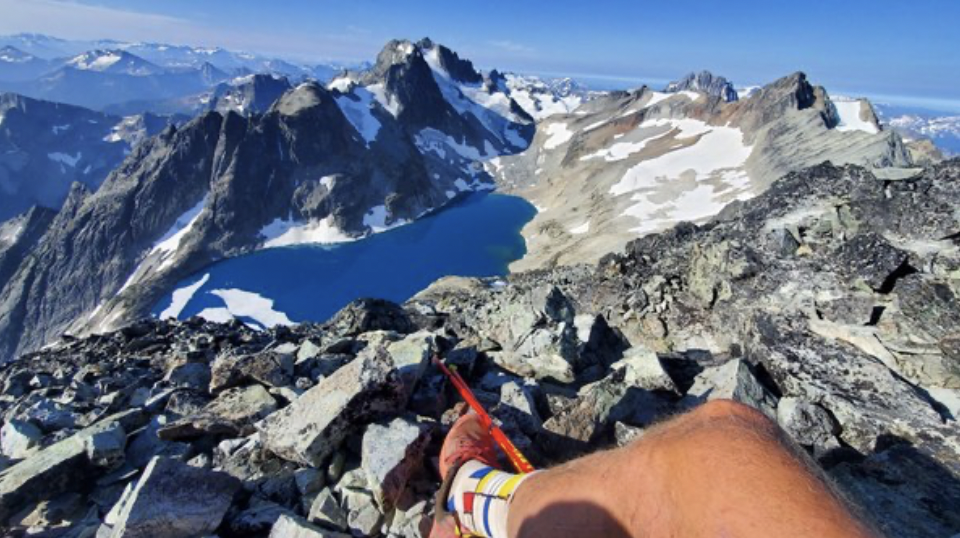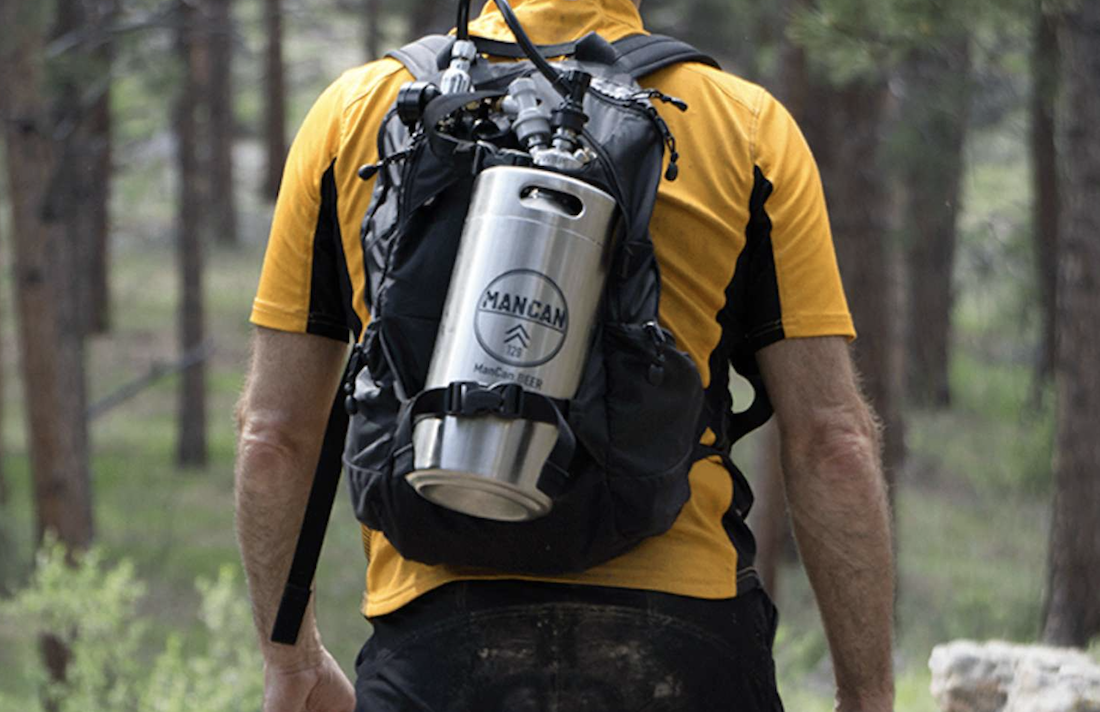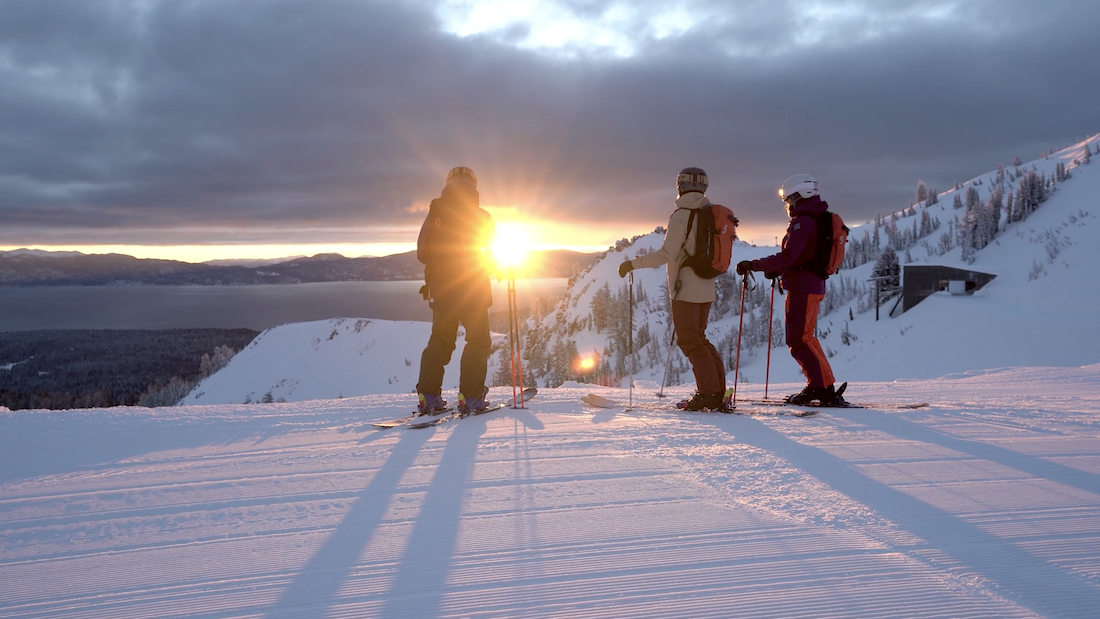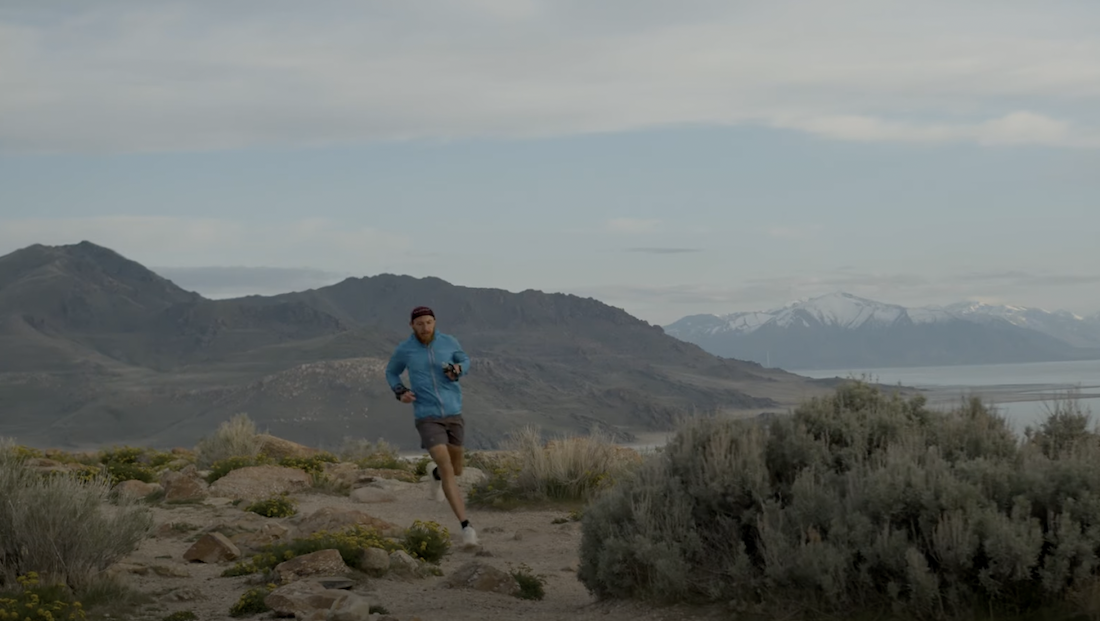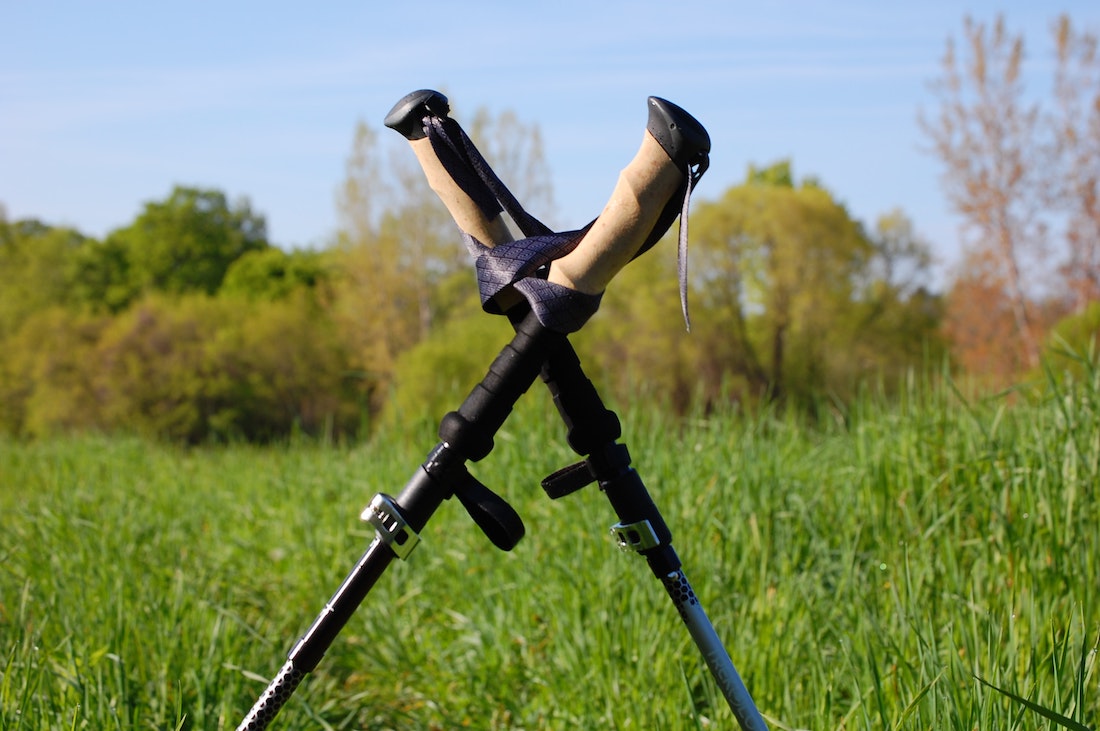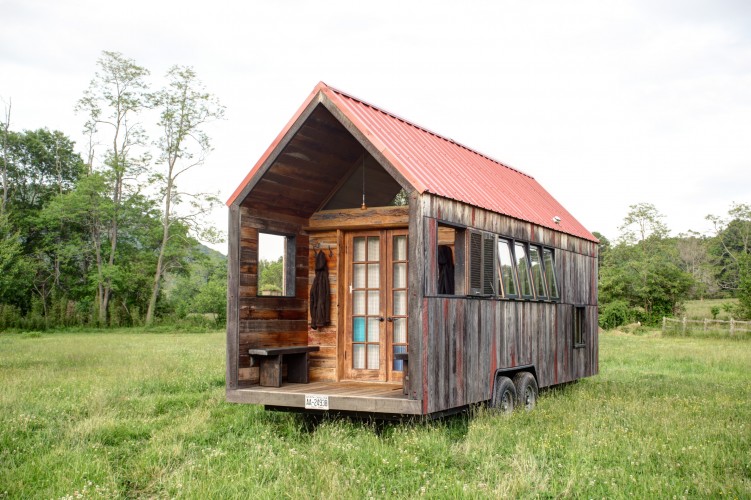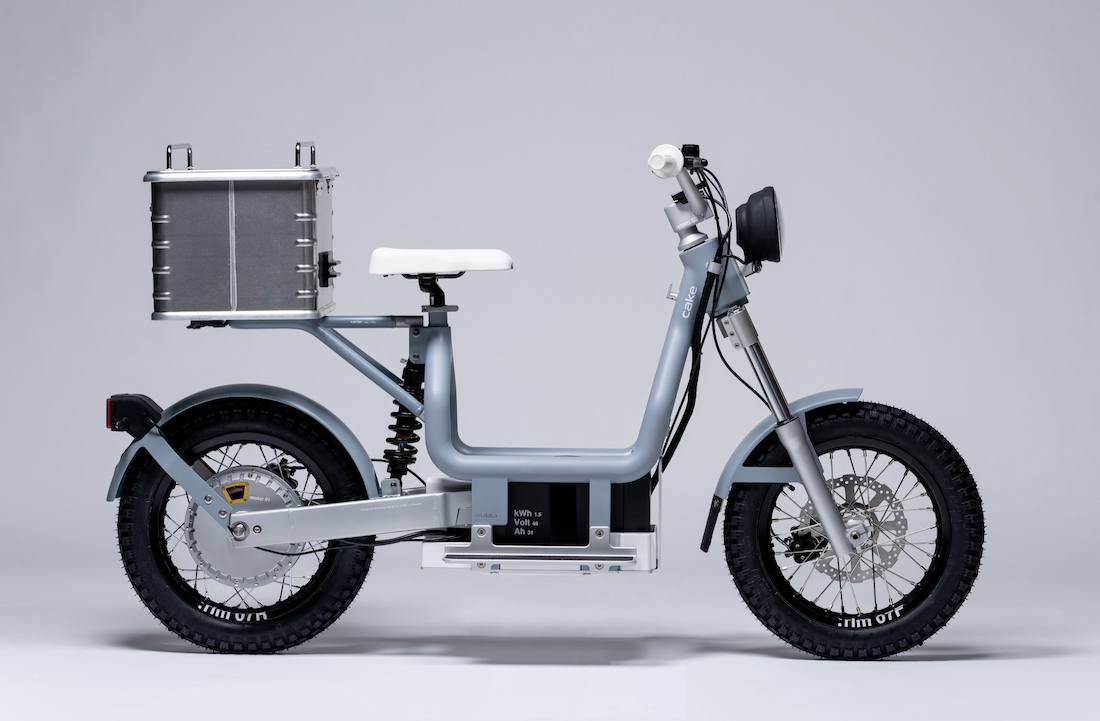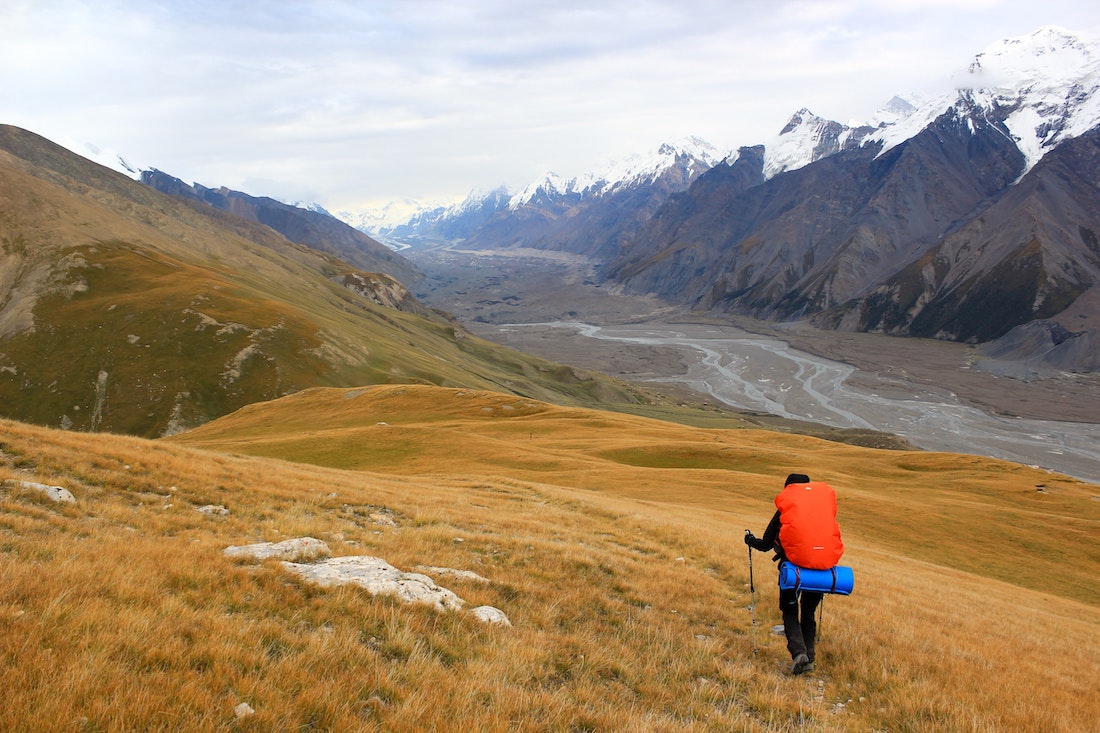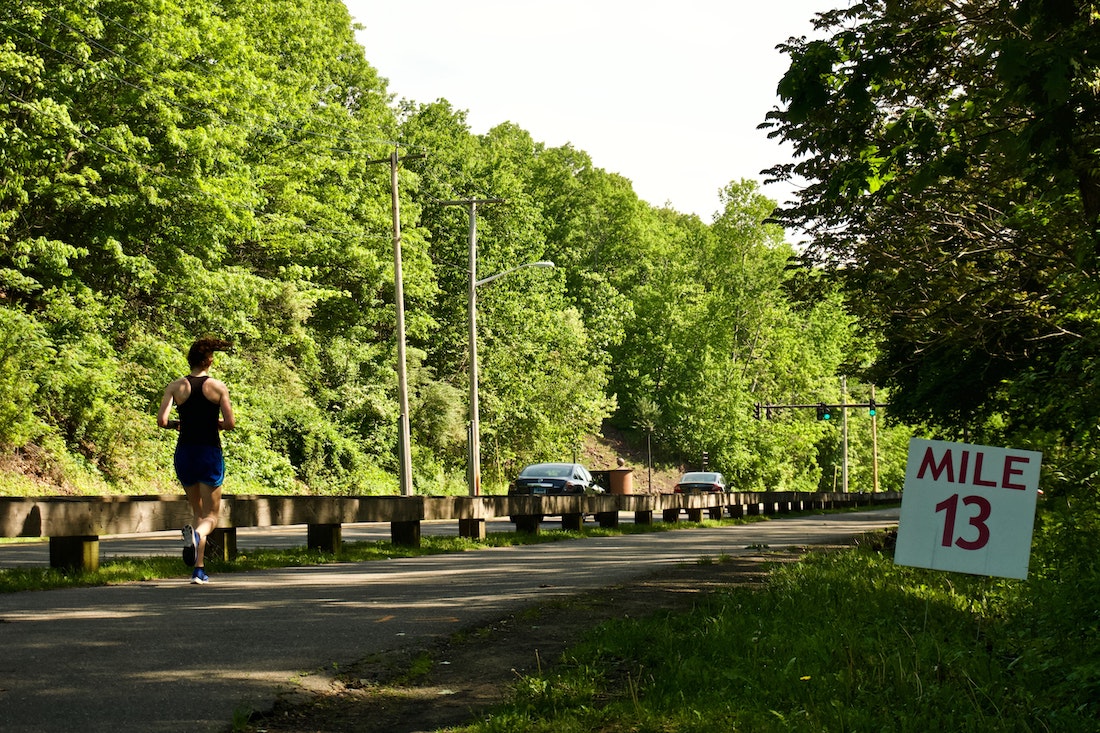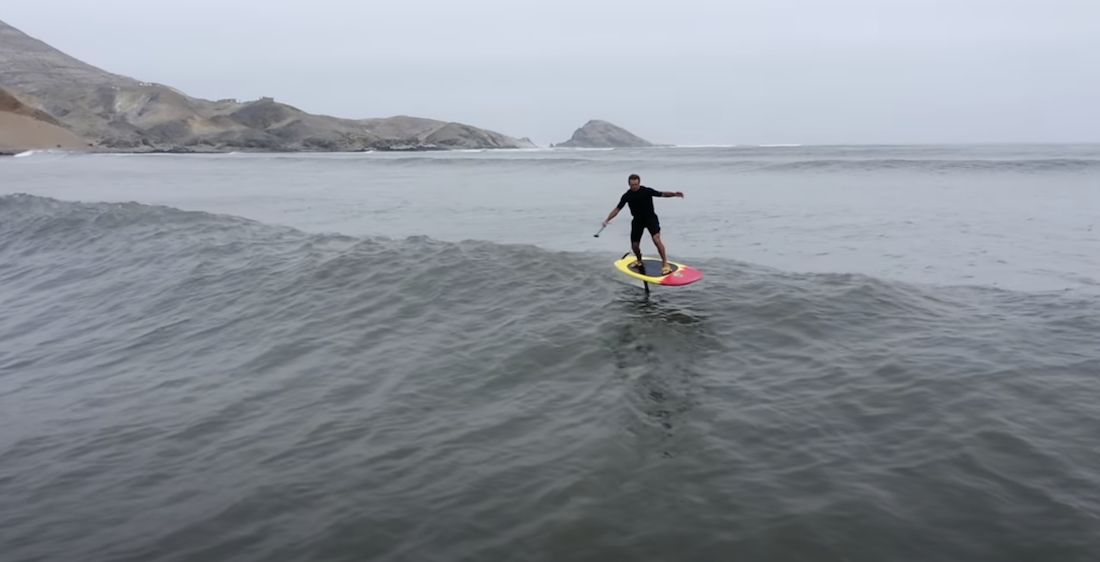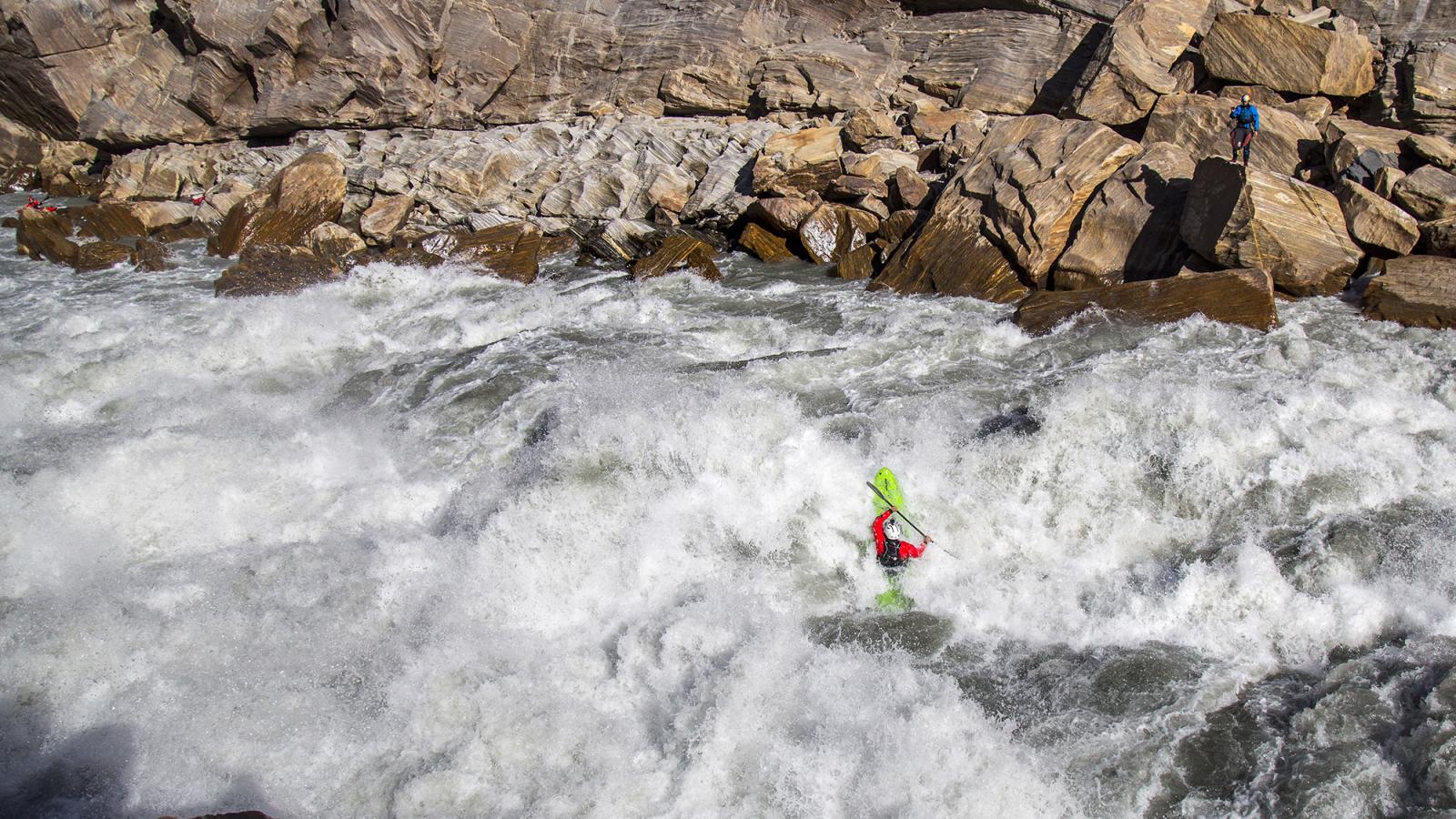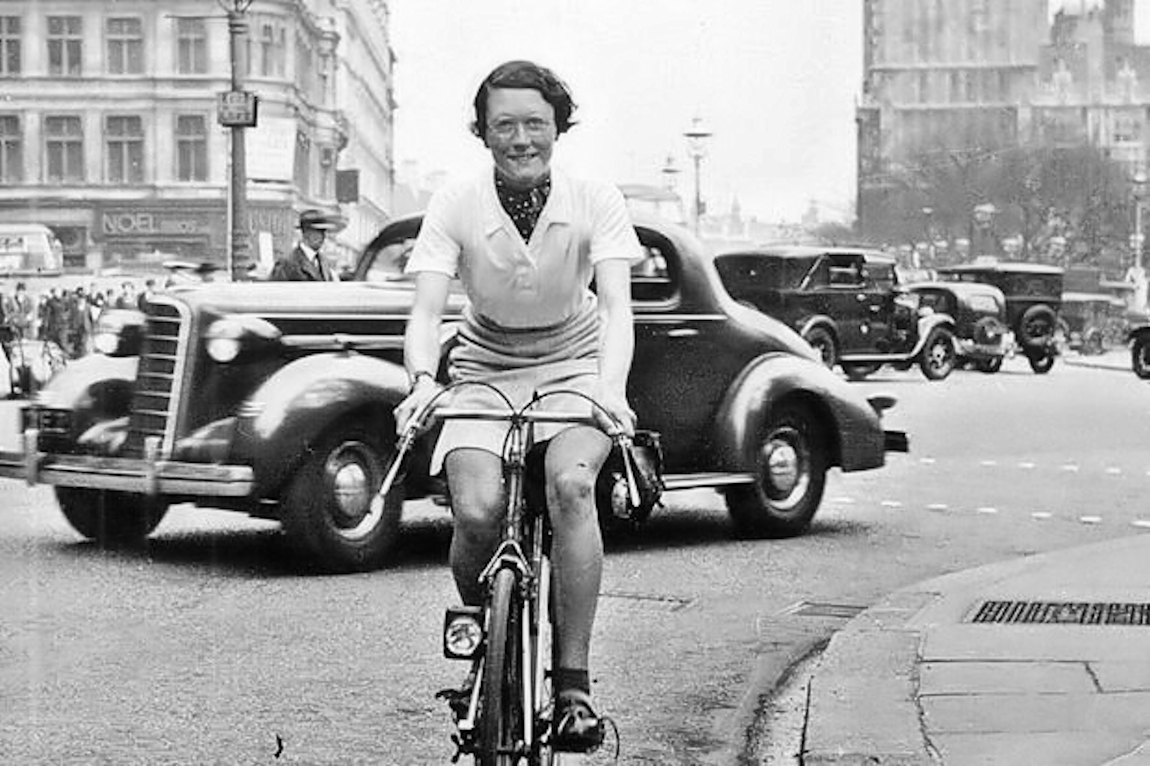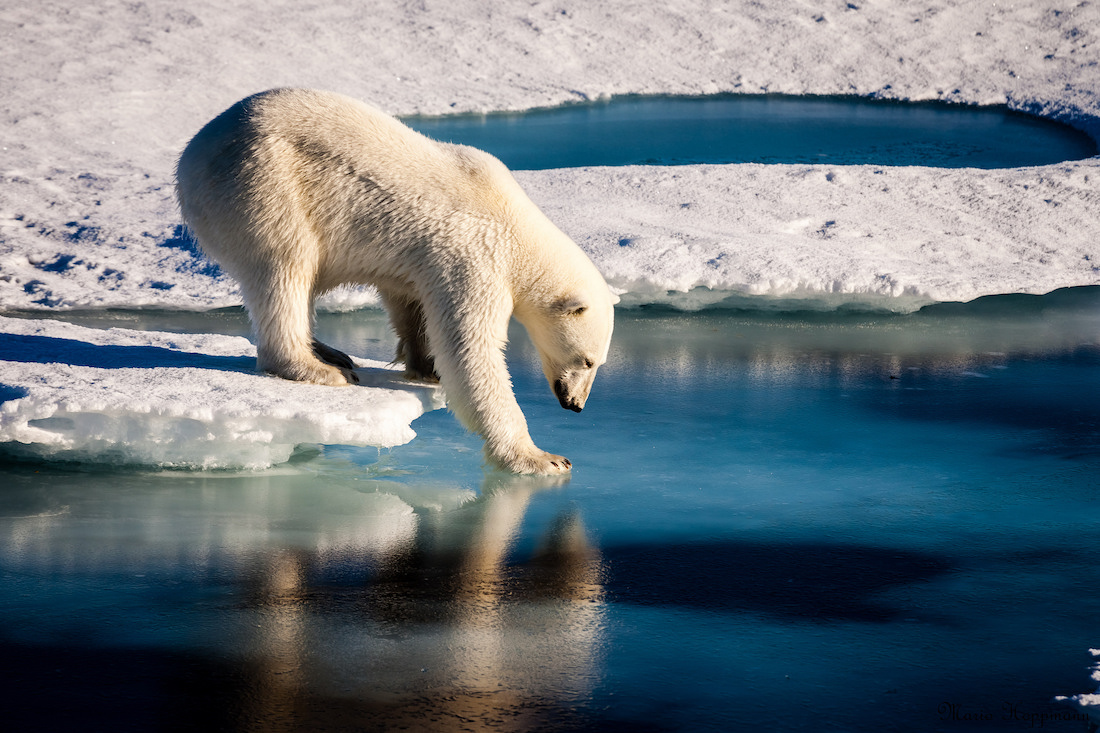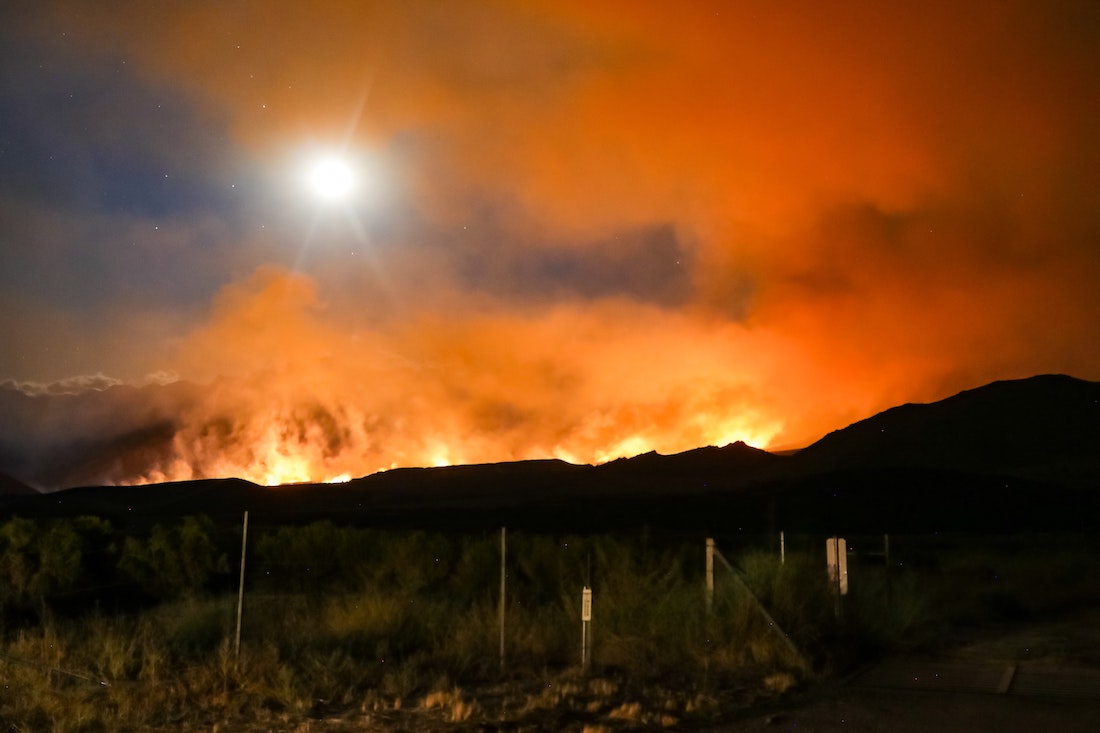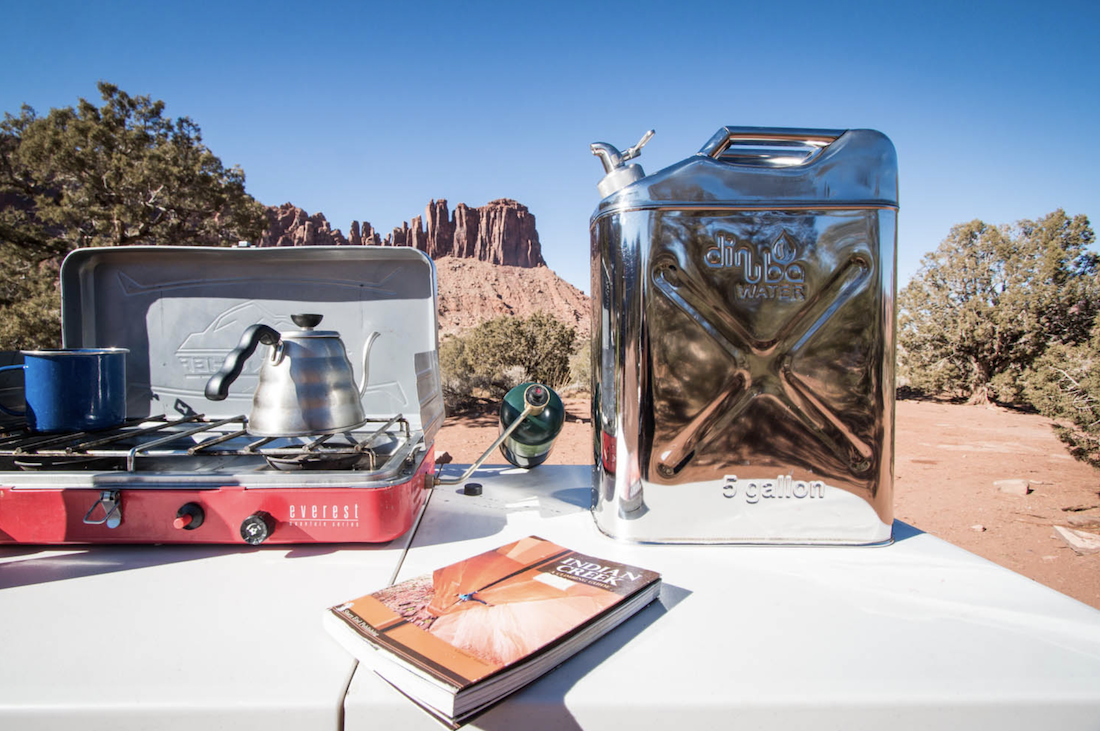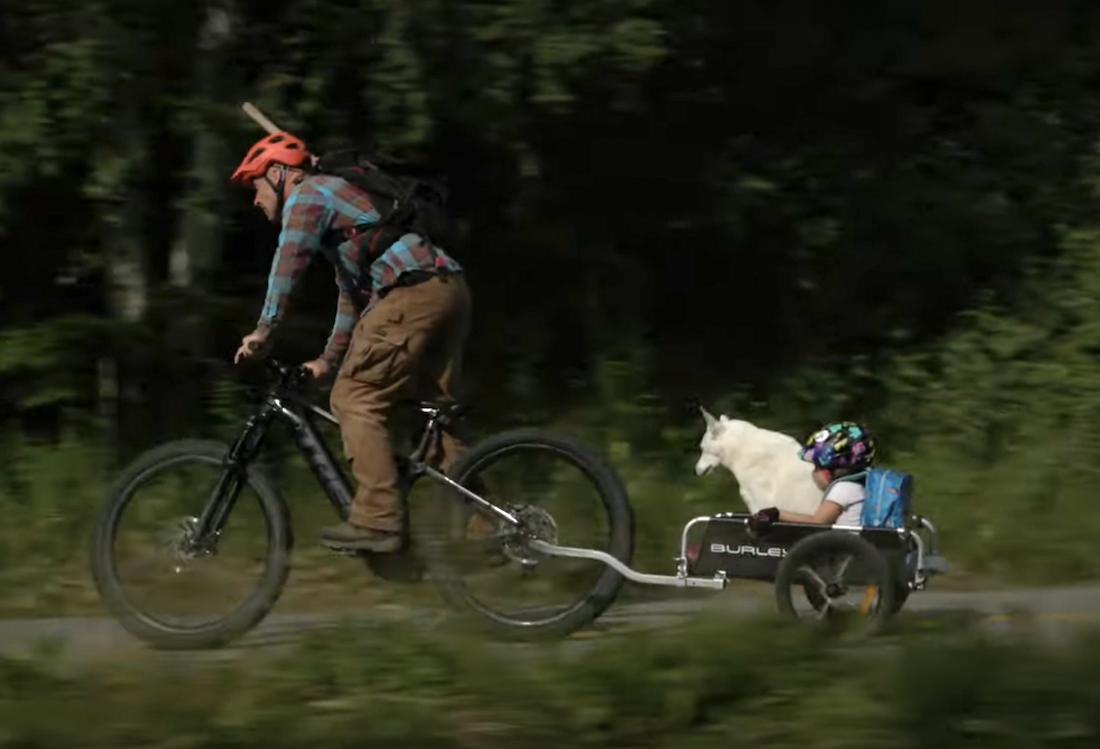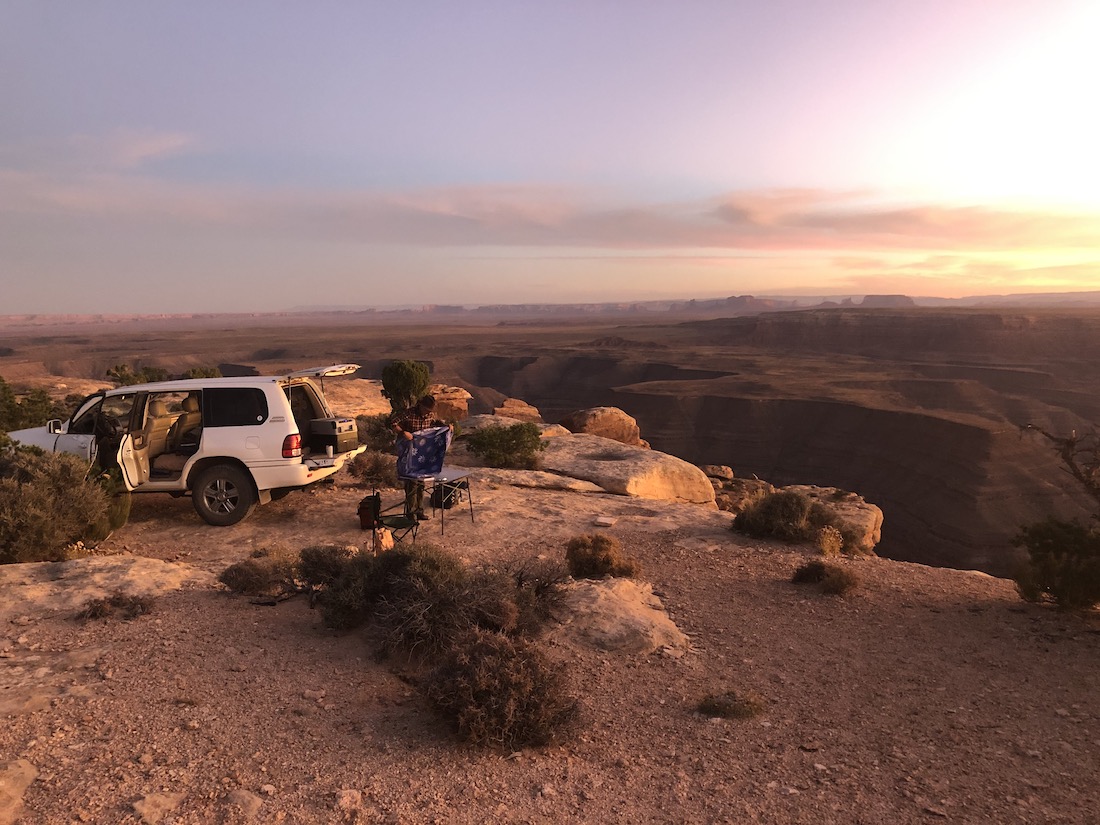Jason Hardrath is an Oregon schoolteacher and an enthusiastic Fastest Known Time (FKT) participant. His passion for fitness began in middle school, where he set the audacious goal of achieving a sub-6 minute mile, and carried him into his mid-twenties as a runner, triathlete, and climber. Then a horrific car accident changed his life in an instant. He fought for years to recover, using the mountains as a place for motivation and healing.
As he started setting more and more FKTs, including on the Rainier Infinity Loop, he came up with the goal of getting 100 FKTs. “As humans, we seem to be drawn to these big round numbers, particularly 100. As silly as it is, it means I’m going to have 100 different memories of amazing things that I’ve done when I’ve finished.”
For his 100th FKT, he decided no other FKT would do than The Bulger List: the 100 tallest peaks in Washington. Yes, you read that right – he climbed 100 peaks for one FKT, and his final FKT in his quest for 100 at that.
Jason set out on his supported climb – meaning he had help along the way – on June 1, 2021. Fifty days later, on August 2, 2021, Jason completed The Bulger List challenge, returning to the car after standing on the summit of his final peak. He climbed all 100 peaks in 50 days, 23 hours, and 43 minutes. Jason climbed with different partners, primarily Nathan Longhurst, who at 21 is now the youngest finisher of the Bulger List – another unintended outcome of this grand adventure.
Baffled, we sat down to ask Jason more about his epic 50 days in Washington.
How ridiculous is it that you had to climb 100 peaks just to get one FKT?
It’s a ridiculous thing to do, I agree. The idea itself of doing 100 FKTs, how ridiculous is that? This entire journey I’ve approached with an almost childlike spirit – you know, one of exploration and play. As I approached this 100th FKT people started asking, “What are you doing for number 100?” I was like, “Whatever feels right.”
I’d seen the Bulger List, and the previous record, set by Eric Gilbertson, was 410 days. People thought the record was going to stand for a long time. The Bulger List is typically completed in many years, not a single summer. But me being me, an athlete that pursues these things and sees what people do in big mountain terrain, I thought it should at least be doable to climb 100 peaks in 100 days, even though it’s incredibly difficult terrain. I didn’t think anything of it beyond that.
Then it popped back into my awareness as I was approaching number 100. I thought, “100 peaks for 100 FKT’s – that’s almost silly poetic.” It just felt like this sort of cumulative exam, if you will, of everything I’d done before. This final test to get to my number 100 just seemed like too perfect of a way.
Once you decided the FKT on the Bulger 100 was your destiny, how did you go about planning it?
I took about six months to plan. The first thing I did was find all of the variations and ways that people had grouped peaks. I talked with the previous record holder, and had conversations with Matt Lemke, who at one point was the youngest finisher. I chatted with others who were in the middle of completing the list. I talked to people whose styles and risk match with mine and took their advice about gear and comfort levels. This input was huge as far as what sort of pacing is possible. I could go fast and light as long as I was willing to do an ultra-marathon that day. People had definitely talked up how difficult the bushwhacking is, and how loose the talus fields and scree fields are, and how crappy the rocks in the North Cascades can be. All of these different things were a factor with planning.
Once I created the groupings, I figured out timeline. I guessed that, “This is X number of days, or at least X number of outings.” That helped me predict how many days it would take. Then I started fitting in the logistics. What’s necessary to get to these trailheads, which ones do I need to book the boat for, etc.? I also started to ask myself, what is my highest level of risk? The highest level of risk I determined was fire closure. I knew that if land gets closed, it ends the record attempt because I can’t violate a land closure.
Once I figured out the different link-ups and my fire plan, I had to plan around other closures that limited access. The Canadian border was closed and so I had to do the legendarily insane bushwhack up Silver Creek to get into those northern peaks. We humorously call it BW5, like Water Ice 5 (WI5). Stuff where your feet are hanging off the ground as you’re hanging by a sapling and you can’t see if there’s ground under there.

Jason climbing Mox peaks.
I love your new bushwhack ratings. And wow, I hadn’t even thought of fire closures.
I didn’t have the option to violate fire closures because I wanted to do a verifiable record where I could demonstrate that I did everything correctly; that I honored the land closure and I honored the permit usage. That’s why I started on the east side and swept all down the east and then came back up through the middle and then finished with the volcanoes, even though it made the routes on the volcanoes ridiculous. I knew I could deal with a melted out volcano route, but I could not deal with getting shut down by a fire.
Seems like with the fire season we had you made the right choice to move east to west.
It came really close. That fire that broke out on Bear Creek started quite possibly as we were walking out. The next day we were on Shuksan, and we looked back and the whole area where we’d walked out was billowing smoke. The fire was blocking our exit route from the previous day.
What was your biggest day?
I think either five or six were the most number of peaks I tagged in a 24-hour period. The record for the most Bulgers in a day is nine by Tyler Smallwood in the Enchantments. I was actually hoping I could beat it, but he had rehearsed the route down to a tee and I was on sighting it all. There was no way I would move that fast.
How many of your 50 days were rest days?
I think I took one true rest day where I rested for an entire 24-hour block. Every other “rest day” was one where I didn’t go to the summit but I’d hike the 10 miles of the approach and sleep at the base. And even then the “rest days” were every bit as stressful between coordinating with the film crew that was coming out to capture some of this, and buying boat tickets, and checking weather and conditions and fire status. It seemed like every time we tried to have a day off, something went horribly wrong, so I stopped trying to have them.
It sounds like you weren’t resting and you were burning an insane amount of calories. How did you approach fuel overall?
A lot of days were 12 hour movement time, 8,000-10,000 feet, and around 15-16 miles. I had a few days that were around 13,000 feet of gain in a day; one day that was over 14k. I had one day that was 47 miles of horizontal travel. So as far as fuel, I used a product called gnarly nutrition that mixed in with my water to get electrolytes and calories with my hydration. And I ate just about anything you could imagine, from beef jerky to checks mix, to a ridiculous number of Snickers almond candy bars, to moon pies. At one point it was down to convenience store foods.
Our bodies can only metabolize about 200-250 calories per hour while we’re out moving. I tried not to give myself a gut bomb by eating too much, too quick. And I also didn’t deprive myself of more calories than were necessary. It was sort of this game of doing the best I could and pacing myself properly so I wasn’t fatiguing myself. I laughingly called it “learning to move like an old man,” because I would think about how to keep my knees from hurting three weeks from now. In my previous record efforts, you can write a check that your body can’t cash because you can spend the following three weeks feeling destroyed. But with this one, I still had to be out there in three weeks. I can’t make a decision that’s going to lead to being trashed. I was always making every movement and every pacing decision with multiple weeks in the future in mind instead of just that moment.
You spoke very eloquently in your peak northwest podcast about how you cannot undersell the amount of physical preparation you put in, and how your other life experiences prepared you for this. Were there any other things that either expectedly or unexpectedly helped you out along the way?
I think I would definitely say that the fact that I teach little kids and that I’m an ADHD cognition myself were superpowers. With ADHD, you’re able to focus and get in the moment and just be fully absorbed. When I was climbing, I was just out there playing in the moment. Instead of focusing on the hard stuff, I got to think, oh, this is the rock climbing challenge I’ve been looking forward to all day, or this is the glacier that I traveled across today or, you know, whatever the thing is. I’ve gotten very practiced at everything that came along.
For example, early on in the trip, I had a set of shoes that unexpectedly caused my Achilles tendons to get impinged and swell. After trial and error I figured out I wasn’t injured, it was just that the pressure from the shoe was triggering the swelling and pain. Eventually I just cut the backs of my shoes open – but a big V in the back of all of my shoes – so that none of them would cause a friction with my Achilles tendon for the rest of the effort. It was a natural thought.
Another sort of super power is, for some reason, my feet hold up really well. I had to do very little foot care. As long as I dried them out at the end of the day, for the most part everything would be fine. If someone does come along who attempts this record, that’s going to be a major issue they’ll have to address if they don’t also have feet that hold up.

Innovations in running shoes.
Can you talk briefly about the gear that you needed?
I used various types of running shoes for all of the peaks. I have really strong, resilient ankles. I knew that making the decision to wear shoes instead of boots was appropriate for me in this type of terrain. That saved a lot of weight and transitions. Sometimes I paired shoes with crampons, depending on the terrain. Then I had a couple of ultralight ice axes and some carbon fiber trekking poles. I eventually broke most of them – I think I ended up breaking like 17 different sections of trekking pole and just kept having to tape different ones together, Frankenstein-style.
Because of the heat wave, I was able to wear shorts to most of the summit tops. I wore sun hoodies on the top, where a lot of times it was 90 degrees. I know myself – I tend to run hot, even if it’s blowing snow. Sometimes I’ll still be in a single layer while other people are decked out in their full, hard shell gear. I knew I could pack light, so usually I just packed one or two spare layers for when I would stop on the summit to do my GPS check-in.
I also had a 7.9 millimeter, 30-meter rope for glacier travel, an ultralight Alpine harness, and all the usual slings and whatnot.
Do you have a favorite peak, or any moments from the trip that really stand out to you as remarkable?
The one that always comes to mind is the Bonanza-Dark traverse. It was right after the heat wave. We had hiked up Holden Road because the shuttle wasn’t running on the 117-degree day. The level of discomfort – it was like you go deep down inside yourself and you’re just dissociating so strongly that it’s almost like you’re floating along, not fully in connection with yourself.
We managed to tag Copper Peak, then the next day launched into the Bonanza-Dark traverse. We got a later start because of how much the heat took it out of us. We got to the top of Bonanza, and ended up doing the entire Bonanza-Dark traverse in three hours and 15 minutes, which was just awesome [it usually takes six hours]. Both of us got in this rhythm, and it ended up being a really fun experience on this classic mile-long ridge linkup.
Then we had this heinous bushwhack. We did a shorter, but steeper bushwhack where you pop up over the col after the Dark Glacier. It’s a downhill bushwhack straight down a fall line for like 4,000 or 5,000 vertical feet to get to the PCT directly. All of those sleep things are kicking in where you want to fall asleep, and we just kept fighting our way down this bushwhack and slipping and falling. There was so much sketchiness, being so sleepy in the dark and not wanting to fall and hurt yourself or jab your eye on something.
But we finally get down to the PCT and – this is probably the funniest thing that happened in the entire trip – we’re both just so exhausted. We’re like 20 hours in at this point and we’re nodding off. My girlfriend had hiked in on the PCT and set up a base camp resupply for us to go do Dome and Sinister the next day. We wanted to get there but we were both wobbling on our feet and weren’t sure how far it was. We fell down on the PCT and took a dirt nap where we were. We both had our little ultralight sleep kits and just crashed out with all of our gear yard-sailing everywhere.
The next morning, my girlfriend walked out to find us and she’s like, you guys were 1.5 miles from camp. We’d had no water for the night, no food. We’d crashed when we were maybe 30 minutes from food and water and a comfortable camp. But I slept like I baby. I could have been on the most expensive mattress in the world and I wouldn’t have slept any better.

Storm King, looking back at Goode after climbing the visible NE buttress.
Are there any peaks you absolutely never want to revisit?
The bushwhack down from Jack Mountain was definitely BW5. Then the Silver Creek bushwhack was beyond the most heinous thing – I would never do that again. You’re breathing mosquitoes and they’re bouncing off your eyes and in your nose and in your ears and you’re just trying to stay calm and centered.
Saska Peak comes right to mind too. It’s steep and it’s all the wrong size of loose terrain. It was just crappy going up, crappy coming down, and the view from the top wasn’t that redeeming. Everybody talked about how horrible Custer is, but it ended up not even making the list. I think Martin is on the list for me as well.
You’re a teacher. How do you plan to explain this to your students, and what did you learn from this experience or what do you hope to carry forward with you in life?
I’m still wrapping my mind around what I learned, but it was definitely a reinforcement of my understanding and belief that we can do these big, awesome things. I’m a PE teacher, and one of the reasons I love being a PE teacher is that in the physical world we can create simulations of experiences that lead to big emotional growth. We can simulate how to draw mental strength out of something physically challenging.
I had a mentor that said, “Human beings are like a tube of toothpaste. You find out what’s truly inside when they get squeezed.” So I’ve always been drawn to the question, “Who am I when I really get tested?” I like the process of finding out, and I like to tell my students to dream big and believe in themselves. I say that if you’re willing to work hard enough, crazy things are possible. When we have something in front of us that feels possible, but also feels scary and like it might not be possible, and we feel both excited and scared at the same time, then that’s the direction we should go. It’s a deep reminder that stuff always gets harder before it gets better, and that dark moments are always a part of anything worth doing. In order to feel authentic when saying that, I feel like I need to be living that.
I think this is going to be something I’m going to spend the next couple of years of my life learning from as well. I love that.
This piece first appeared at Mountaineers, and is republished here with permission. All photos courtesy Jason Hardrath.
